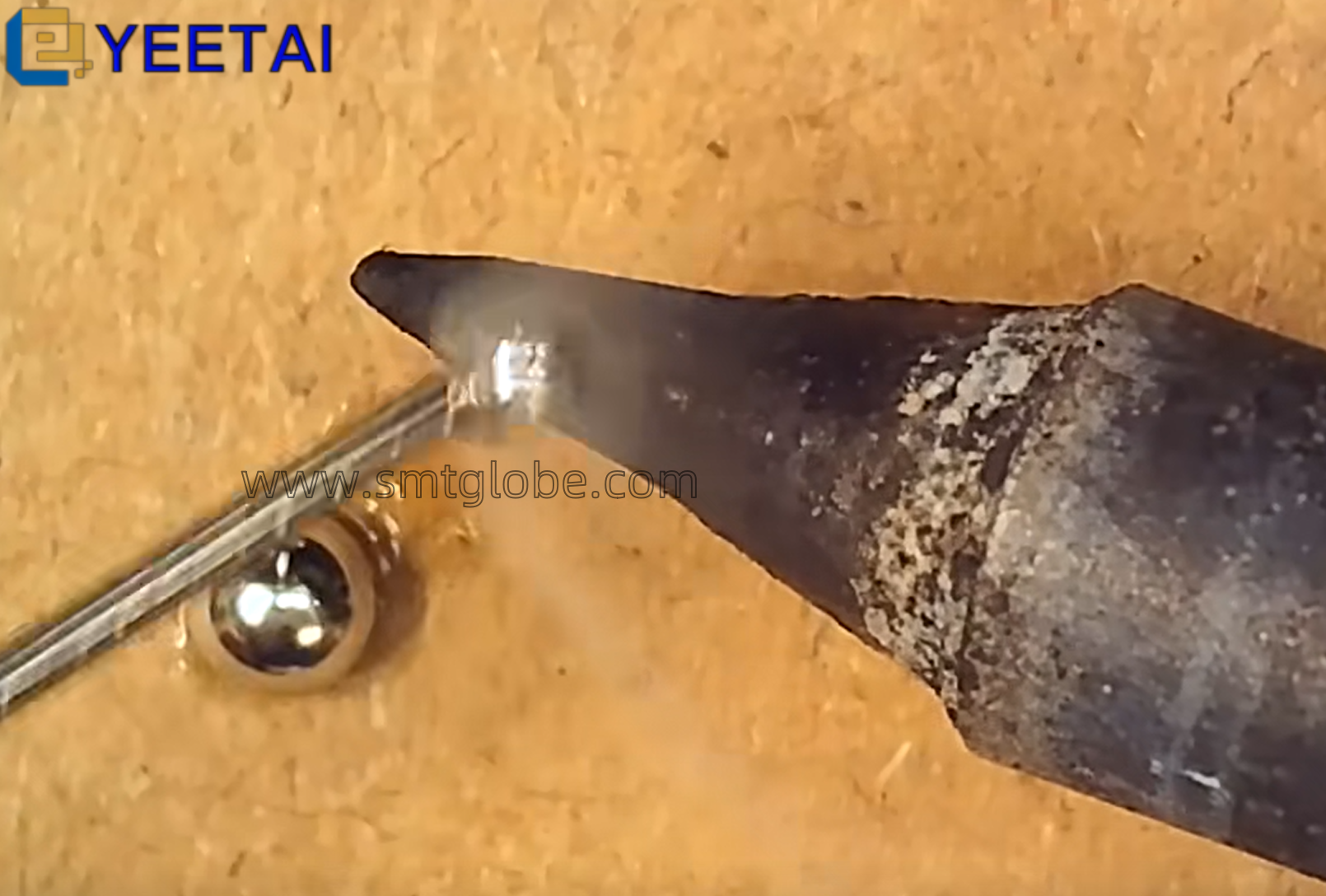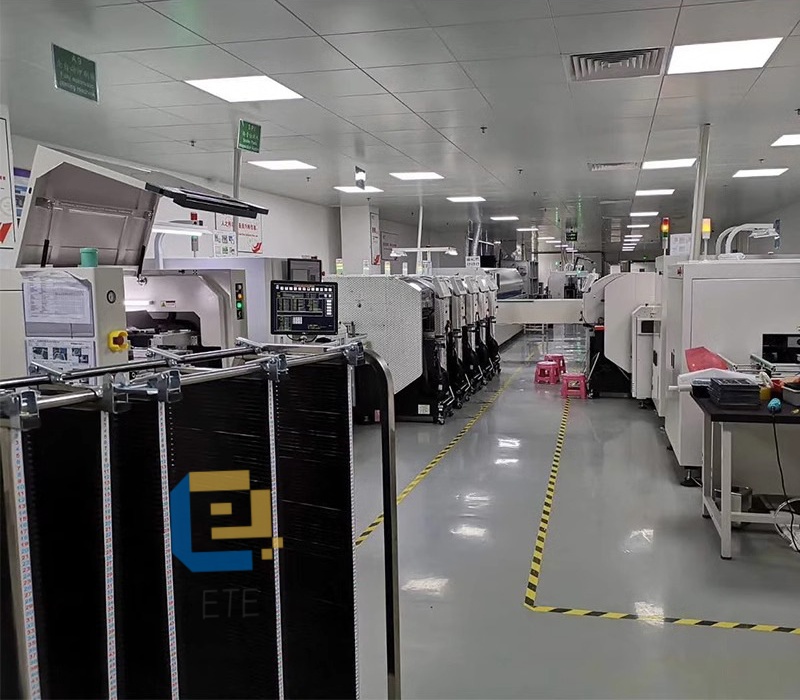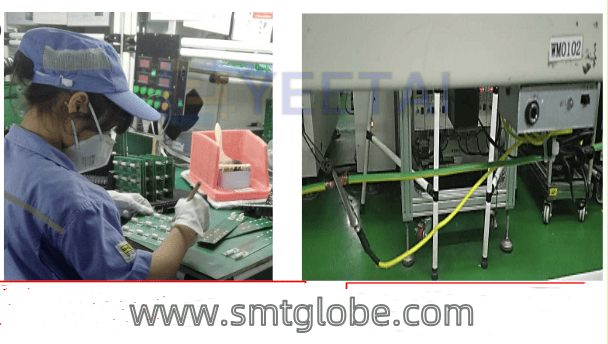As we enter the 5G era, operators will adopt “micro base stations” to achieve comprehensive network coverage. But how can high-end SMT (Surface Mount Technology) assembly lines in the electronics industry effectively integrate with 5G base stations?
The Compact Design of 5G Micro Base Stations
Despite their small size, 5G micro base stations incorporate critical components such as Baseband Unit (BBU), Remote Radio Unit (RRU), and antennas. With the reduction in size, the available space for components has become exceedingly limited. This compactness poses significant design challenges in addition to space constraints, including EMC (Electromagnetic Compatibility) testing and power consumption control.
These challenges are deeply intertwined with power management. If various power components on the circuit boards can be more integrated and miniaturized, it will significantly simplify the design of 5G base stations.
Advanced Technologies in 5G Base Stations
5G base stations leverage cutting-edge technologies such as Massive MIMO (Multiple Input Multiple Output) and advanced coding techniques like LDPC (Low-Density Parity-Check) and Polar codes. These innovations enable extraordinarily high bandwidth, with user experience speeds reaching up to 1 Gbps—100 times faster than 4G—and peak speeds soaring up to 20 Gbps, marking a 200-fold increase compared to 4G.
Beyond high speeds, 5G also offers critical characteristics such as high reliability, low latency, low power consumption, and extensive connectivity. These attributes significantly drive the proliferation of applications in remote healthcare, industrial automation, autonomous driving, smart cities, and smart homes.
Required SMT Equipment for High-End 5G Base Station Production Lines
To establish an advanced SMT assembly line for high-end 5G base station products, the following SMT equipment is essential:
- Fully Automatic PCB Loader
Essential for efficiently feeding PCBs into the production line. - PCB conveyor
Serves as a transition area for handling PCBs between different processes. - Fully Automatic Solder Paste Printer
Critical for accurately applying solder paste to PCB pads before component placement. - PCB conveyor
Another necessary transition area for smooth operations. - Online 3D Solder Paste Thickness Measurement Machine
Ensures precise solder paste application, pivotal for successful soldering. - Multi-Functional Buffer Machine
Helps manage workflow and prevents bottlenecks in production. - High-Speed Pick-and-Place Machine
Capable of swiftly placing components onto PCBs with precision. - Multi-Functional Pick-and-Place Machine
Offers versatility for placing various types of components. - PCB conveyor
Facilitates easy transfer between machine processes. - In-line AOI (Automated Optical Inspection) System Before Reflow
Critical for detecting defects pre-assembly line as a quality control measure. - Multi-Functional Buffer Machine
Again, aids in workflow management. - Reflow Soldering Oven
Essential for melting solder paste to permanently attach components to PCBs. - PCB conveyor
Ensures smooth transitions in production. - In-line AOI System After Reflow
Necessary for final inspection of solder joints and placement accuracy. - NG/OK PCB unloader
Separates good boards from defective ones for efficient quality management.
Conclusion
Integrating high-end SMT assembly lines with 5G base station applications is essential for meeting the demands of modern telecommunications. The compact design of 5G micro base stations, combined with advanced technologies, presents unique challenges that require efficient and precise SMT manufacturing processes. By leveraging the right SMT equipment, manufacturers can ensure high-quality production that is crucial in the rollout of 5G networks, thereby supporting the future of connectivity and innovation across various sectors.
At YEETAI, we offer SMT solutions.



